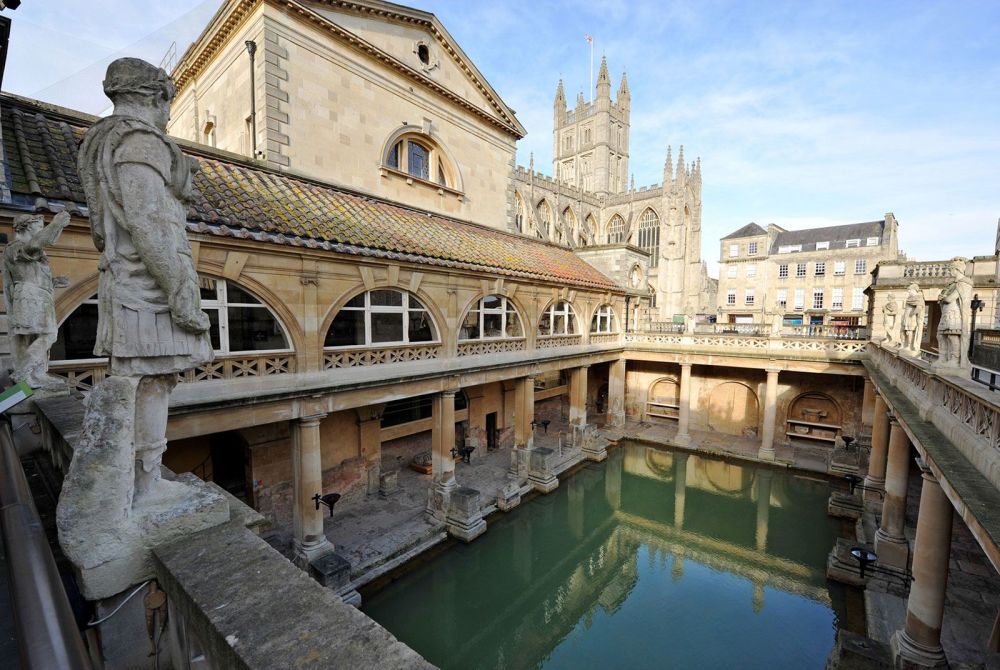

The Roman Baths in Bath, United Kingdom are one of the most exquisite and well-preserved relics of Roman Britain. The complex is a remarkable historical site that has attracted tourists for centuries. Founded upon natural hot springs, the Roman Baths were a place for socializing and bathing in ancient times and have since become a significant tourist attraction, showcasing the ingenious Roman engineering and cultural history of Bath.
Though the Roman Baths themselves date back to 43 AD, it wasn't until the 18th century that Bath and its ancient spa began to see a significant surge in tourism. The visitation growth was influenced by the Georgian era trend of visiting spa towns for health and recreational purposes. This was the era when Bath flourished as a fashionable spa resort, with the development of the grand Georgian architecture that the city is now famed for along with the Baths.
In Victorian times, the Roman Baths continued to allure tourists as Bath became more accessible due to advancements in transportation like the railway. The late 19th century also witnessed a rise in historical and cultural tourism, with visitors flocking to sites of historical significance across Britain. This increased public interest led to more detailed excavations of the Baths in the late 1800s, subsequently enhancing its appeal as a tourist destination.
Today, the Roman Baths remain a pivotal part of Bath's UNESCO World Heritage Site status, attracting over one million visitors annually from around the world. Modern tourism trends see the Baths not only as a historical site but also as a venue for cultural events, educational trips, and even special evening soirees lit by torchlight, giving a mystical view of what Roman life may have felt like.
Technological advancements have also played a role in contemporary tourism at the Baths. Visitors can now enjoy audio guides, available in several languages, and virtual reality experiences that bring the site's history to life, meeting the expectations of a diverse, modern audience seeking both informational and experiential encounters.
The Thermae Bath Spa, nearby, offers tourists the unique opportunity to bathe in natural thermal waters, just as the Romans did over a thousand years ago. This blend of heritage with modern luxury continues to bolster tourism in the area.
Tourism management at the Roman Baths has also had to adapt to 21st-century challenges, including sustainability concerns and the need to preserve the ancient structures while maintaining public access. The site has implemented measures for sustainable tourism practices, like controlling visitor numbers, to mitigate the impact of tourism on the delicate historic fabric of the Baths.
Overall, the history of tourism at the Roman Baths is a testament to the site's enduring appeal and its capability to evolve with changing tourist trends while conserving its historical essence. As an emblem of Roman Britain's rich heritage, Bath's Roman Baths stand out as a prime example of how ancient history can be effectively intertwined with modern tourism.